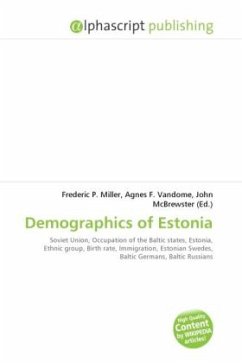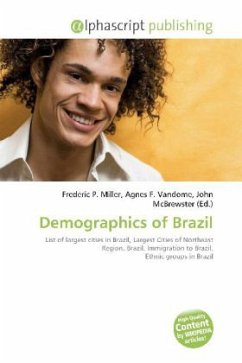The demographics of Estonia in the 21st century are the result of historical trends over more than a thousand years, just as for most European countries, but have been disproportionately affected by events in the last half of the 20th century. Impact from the rise and fall of the Soviet Union, including the annexation and eventual independence of Estonia, has had a major effect on Estonia's ethnic makeup and educational achievement. Languages spoken in Estonia are largely reflective of the ethnic groups composing the country, and thus have changed with historical trends affecting the ethnic makeup of the country. Religion plays a small part in the lives of most Estonians, largely as a result of the Soviet occupation from 1944 1991. Overall, the quality of life indices for Estonia are reflective of a modern industrial state, with one major exception: The population of Estonia is shrinking. While there are other European countries like Estonia with a birthrate that is at less than replacement levels, Estonia lacks the immigration found, for example, in Germany. As such, the population is on a slow downward trend
Bitte wählen Sie Ihr Anliegen aus.
Rechnungen
Retourenschein anfordern
Bestellstatus
Storno








